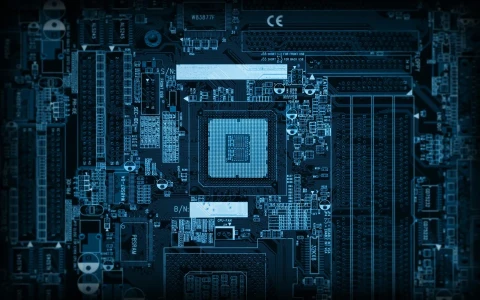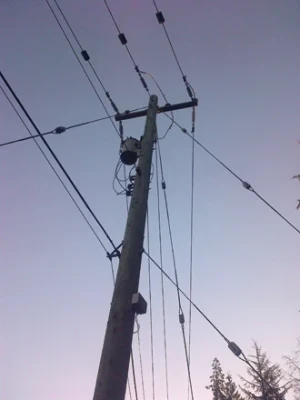A Grid With Multiple Applications

Examining the foundational elements in architecture decision
BY TOM WILSON, Itron
In recent years, the utility industry has seen a diverse set of use cases for Smart Grid deployments emerge. North American electric utilities are carefully considering architecture decisions to ensure that the technology will deliver as promised and support current and future requirements. The industry has experienced changes in infrastructure investment priorities and evaluation criteria for identifying and selecting best-in-class solutions.
Regulatory directives and utility priorities vary worldwide—from operational efficiency in one region of North America to energy theft in another, and from integration of renewable energy in Western Europe to demand in Asia.
Electric utilities are making grid investments to achieve operational efficiencies and avoid capital as part of their grid modernization and infrastructure improvements. Utility Smart Grid investments need to be tied to practical and realistic business cases with clearly identified benefits and solid return on investment.
For most utilities, initial Smart Grid network implementations are not made in so-called “green field” environments. Rather, they are challenging integration initiatives, often crossing traditional departmental domains, including field operations, distribution and transmission. These networks must interface with, and support, potentially a wide range of legacy and emerging application services. They must also interface with diverse services, which could include energy management systems (EMS), distribution management systems (DMS), outage management systems (OMS) and meter data management (MDM) systems. A network platform that has the flexibility to effectively manage this complexity can help the utility achieve its goals more rapidly and reduce ongoing operation expense, thereby improving total cost of ownership of the Smart Grid infrastructure.
A PORTFOLIO OF APPLICATIONS
Initially, Smart Grid investments are generally focused around enabling a specific set of use cases to meet the objectives of various stakeholders. Each utility will have a unique combination specific to its operations—its Smart Grid application portfolio. The goals and drivers for the portfolio are complex such as consumer needs, regulatory mandates and aging infrastructure. The importance of the drivers can vary widely even across a particular utility’s geography or customer types.
The portfolio of potential applications (a grid with multiple applications) may also include one or more core programs such as distribution asset management, smart metering, outage management efficiency, theft detection or continuous grid optimization. It might extend to energy efficiency solutions such as Volt/VAR (volt-ampere reactive) optimization or emerging requirements like electric vehicles or distributed generation.









